1. The Discovery Began With a Centrosaurus Leg Bone
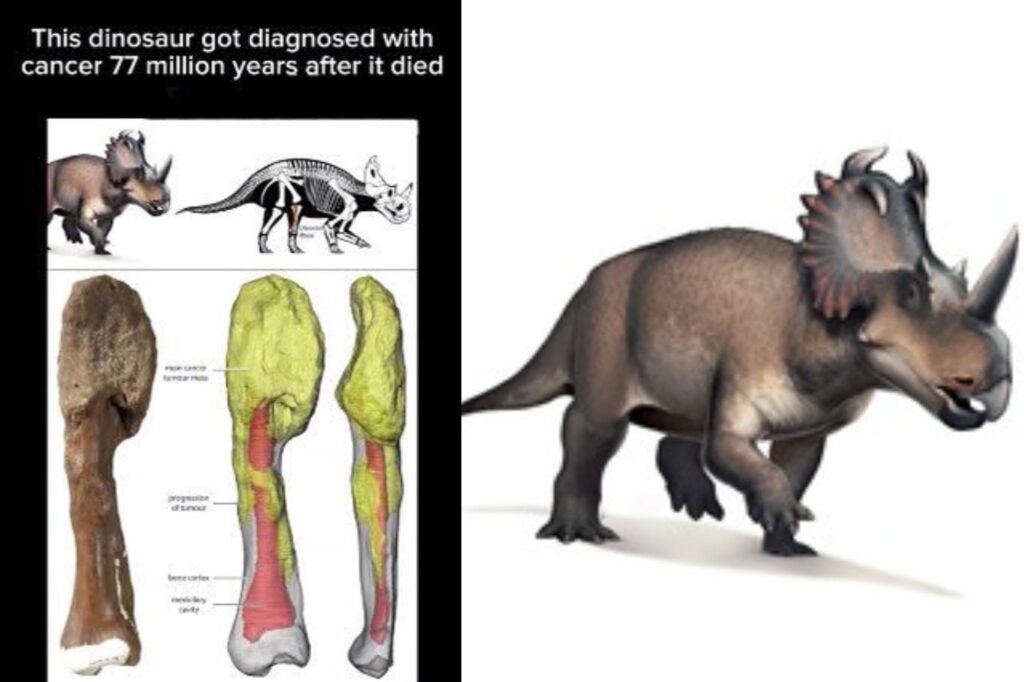
Researchers examining a fossilized leg bone from a Centrosaurus, a horned dinosaur that roamed the Earth about 76 million years ago, noticed an unusual, abnormal growth. This wasn’t a typical injury or fracture; the shape and texture of the growth hinted at something more insidious. This initial observation in a museum collection kicked off an interdisciplinary investigation, suggesting that one of humanity’s most feared diseases was present in prehistoric giants long before the evolution of Homo sapiens.
2. Diagnosis Required Modern Medical Techniques
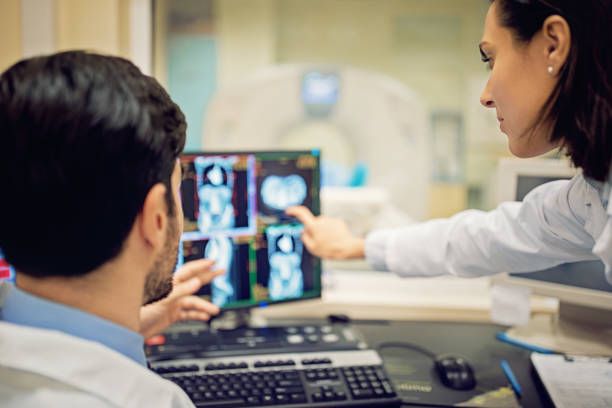
To confirm the suspicion of disease, paleontologists teamed up with radiologists and oncologists, the same specialists who diagnose cancer in people today. They used state-of-the-art CT scans and microscopic analysis, comparing the ancient bone with modern samples of cancerous tissue. This advanced, collaborative approach allowed scientists to look beyond the surface and trace the internal, tell-tale growth patterns of disease, transforming the fossil from a historical artifact into a verifiable medical record.
3. Cancer Did Not Begin in the Modern World

The fossil challenges the common assumption that cancer is primarily a consequence of modern pollution, diet, or lifestyle factors. Since this aggressive bone cancer, osteosarcoma, was active 76 million years ago, it proves that the disease is not a purely modern phenomenon. Cancer is fundamentally a risk inherent in the complex biology of any long-lived, multi-cellular organism, rooted in the basic mechanisms of cell division and growth. This ancient biological vulnerability connects us directly to the great reptiles of the Mesozoic Era.
4. The Dinosaur Likely Lived With Cancer for Some Time

Analysis of the Centrosaurus leg bone suggests the cancer was not a swift killer; the bone shows signs of slow progression. This implies the dinosaur lived with the debilitating condition for a significant period, moving, feeding, and traveling despite its illness. This finding adds biological realism to prehistoric life, showing that animals did not instantly perish upon contracting a serious disease. Instead, they adapted and survived for as long as their bodies allowed.
5. Its Herd May Have Aided Its Survival
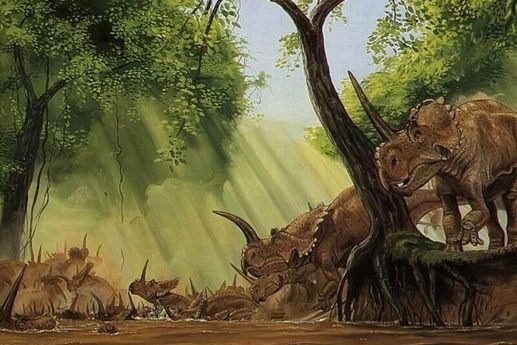
The Centrosaurus was a herding animal, with dense groupings of fossils suggesting they traveled in coordinated groups. An animal weakened by a serious disease like osteosarcoma would be highly vulnerable to predators, but remaining within the protective barrier of a large herd may have been the key to its prolonged survival. This indicates that social behavior and safety in numbers may have offered a form of natural caregiving or protection against vulnerability, allowing sick or injured individuals to persist in a harsh world.
6. Why This Cancer Resembles Human Cancer
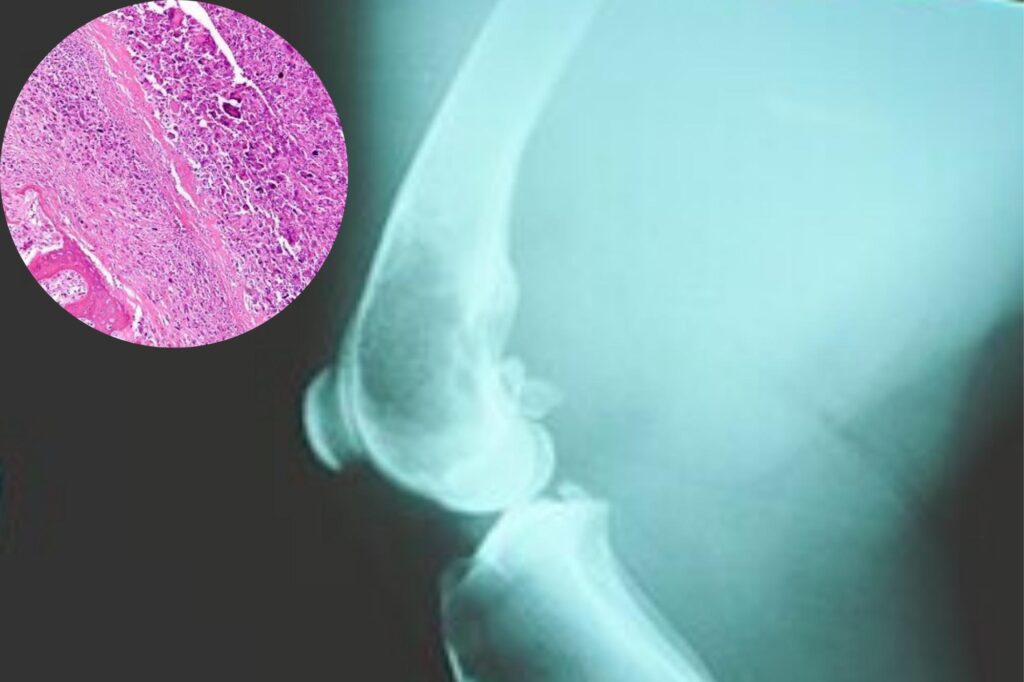
The form of cancer found was identified as osteosarcoma, a fast-growing cancer that creates irregular, disorganized bone tissue. Remarkably, the internal architecture of the diseased dinosaur bone closely matches the patterns seen in human patients with the same type of cancer today. This striking consistency, separated by millions of years and vast evolutionary differences, suggests that the fundamental cellular mechanisms that govern growth, and their potential to malfunction, are deeply conserved across the evolutionary history of vertebrates.
7. The Fossil Acts as a Time Capsule of Disease
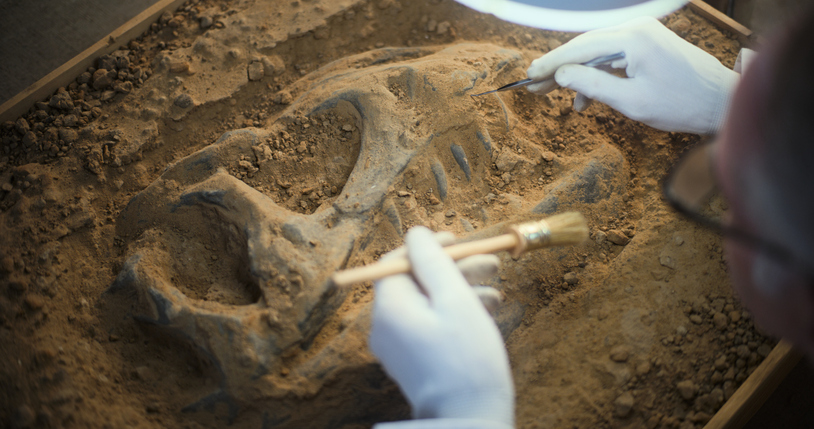
Fossils are not just static shapes of extinct animals; they are biographical records locked in stone. Bones diligently record stress, healing, damage, and disease over an animal’s lifespan. By preserving the signature of the osteosarcoma when bone minerals replaced organic tissue, this Centrosaurus fossil captured a story of struggle and persistence. It serves as a true time capsule, offering direct evidence of the biological negotiations life has always made to overcome injury and illness.
8. Studying Ancient Disease Matters for Modern Research

Understanding how diseases like cancer behaved millions of years ago provides crucial evolutionary context for modern medical researchers. If the core mechanisms that allow cancer to develop are extremely old and universal, it helps scientists distinguish between which aspects of the disease are ancient biological vulnerabilities and which are purely environmental or modern influences. This deep-time perspective can refine how we diagnose, classify, and approach therapeutic strategies against cancer today.
9. Evolution Does Not “Design” Perfect Bodies
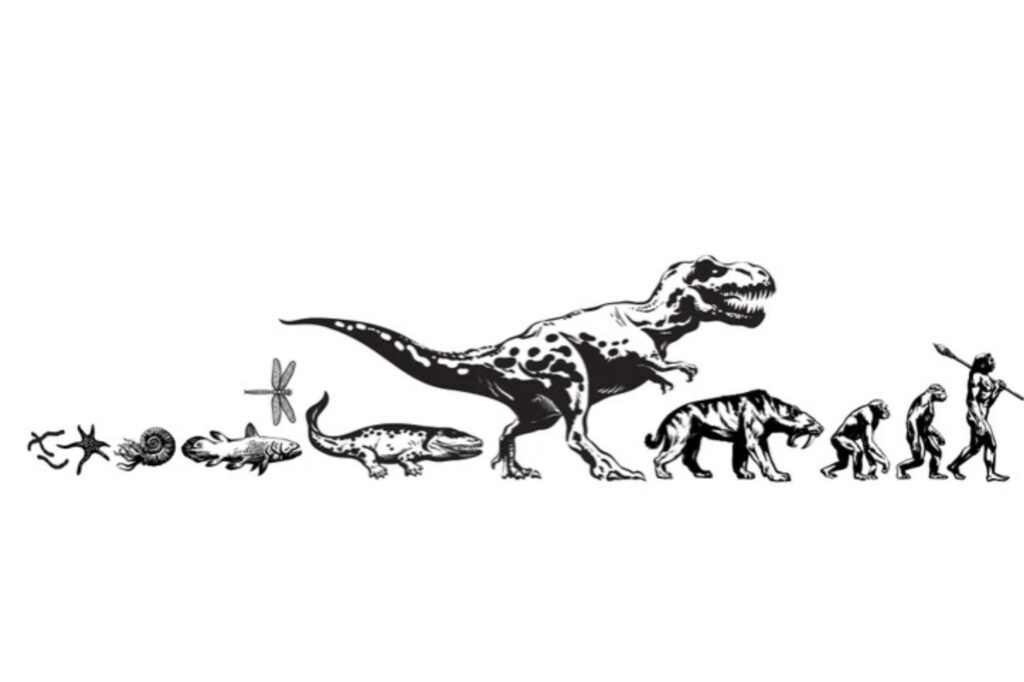
The existence of ancient cancer underscores a key principle of evolution: all organisms are the result of biological trade-offs. Dinosaurs grew rapidly, some reaching enormous sizes in a few years, a pace that inevitably increases the chance of cellular errors and mutations, thus encouraging cancer. This inherent vulnerability, a necessary cost of complex, rapid growth, links all complex life, including humans, in a shared lineage of biological imperfection.
10. This Discovery Links Dinosaurs to Modern Animals
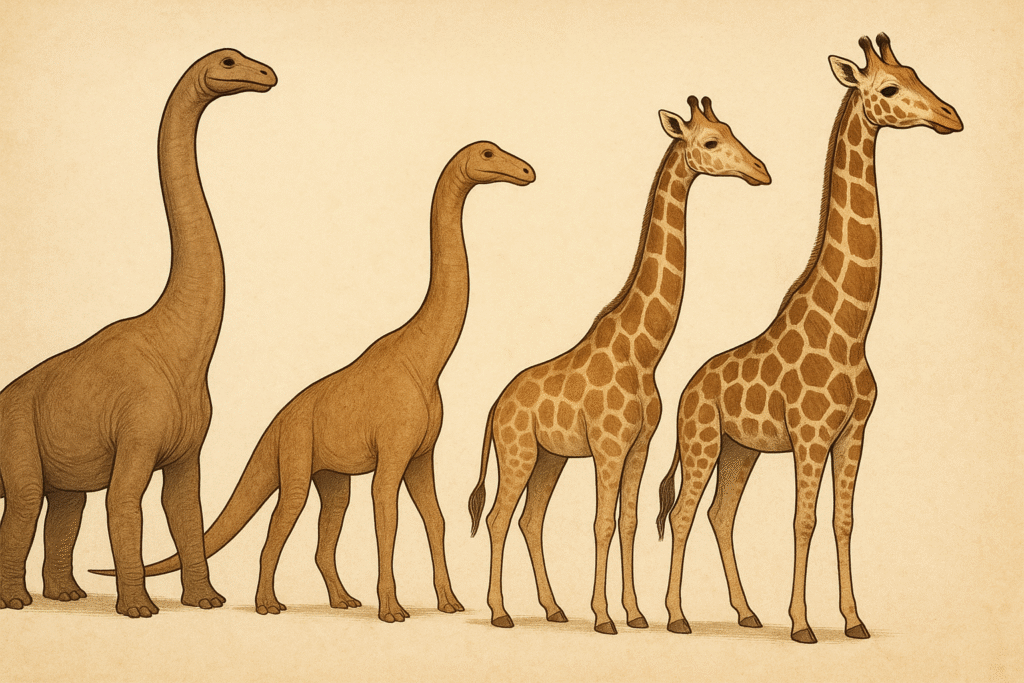
Cancer is a widespread phenomenon, documented in everything from birds (the direct descendants of dinosaurs) and reptiles to modern mammals. The finding in the Centrosaurus fossil naturally fits into this pattern, reinforcing the idea that illness is not an anomaly but a built-in possibility of being alive and complex. It emphasizes the profound connection between all vertebrates and their shared biological machinery.
11. Not All Diseases Can Fossilize
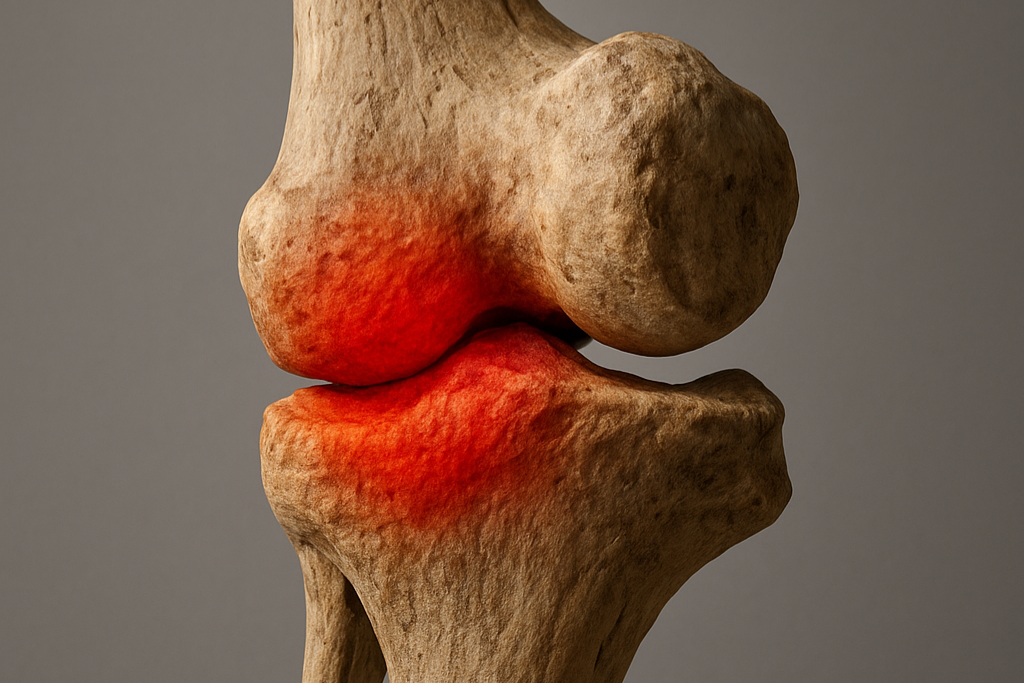
It is important to remember that soft tissues and internal organs rarely preserve through fossilization, meaning we likely vastly underestimate the true prevalence of diseases in prehistoric animals. Ailments like fever, infections, respiratory illness, or organ failure would leave little to no trace. Cancer is only detectable when it affects hard tissues like bone, and even then, only under ideal fossilization conditions, showing only a fraction of prehistoric disease history.
12. The Tumor Shows an Active Immune Response
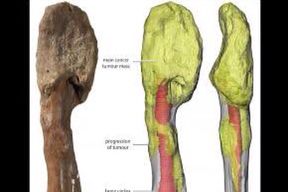
The bone surrounding the osteosarcoma attempted to reinforce itself, creating areas of thick, irregular texture around the tumor site. This is compelling evidence that the dinosaur’s immune system was active and attempted to defend against the diseased tissue. It shows that ancient immune systems were not simple or primitive; they recognized the threat and initiated a persistent, though ultimately unsuccessful, biological defense against the uncontrolled cell growth.
13. The Discovery Encourages Cross-Field Collaboration
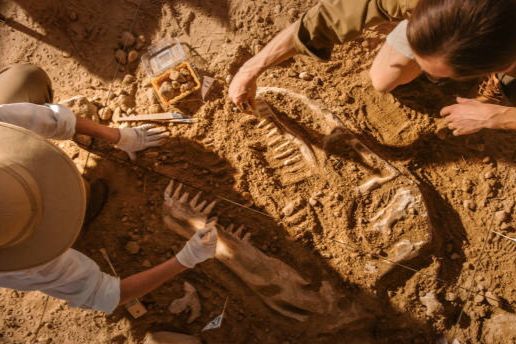
The successful diagnosis of cancer in the Centrosaurus required the expertise of paleontologists, evolutionary biologists, oncologists, and radiologists working together. No single field could have definitively identified the disease alone. This research is a powerful demonstration that the past and present are deeply interconnected, showing that clinical medical science benefits greatly from the fossil record, and paleontology is enriched by modern medical diagnostic tools.
14. The Finding Changes How We View Dinosaur Life
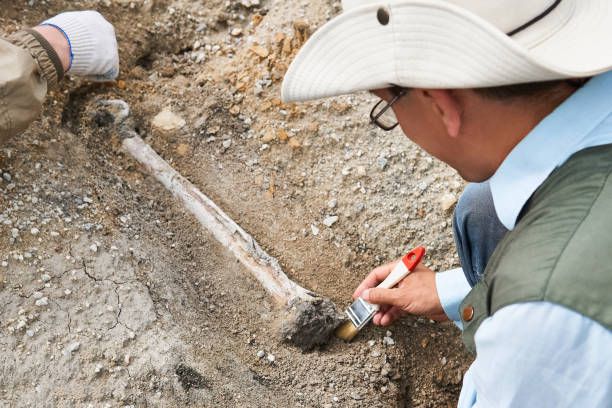
This discovery adds a crucial layer of biological realism to the story of dinosaurs. They were not merely giant, monolithic symbols of power and extinction. They were vulnerable animals that aged, compensated for injury, limped, healed, and sometimes quietly carried serious illnesses. They were living beings dealing with the challenges of life, much like modern animals, enriching their narrative with emotional and biological depth.
15. The Cancer Was Found in a Time of Stress
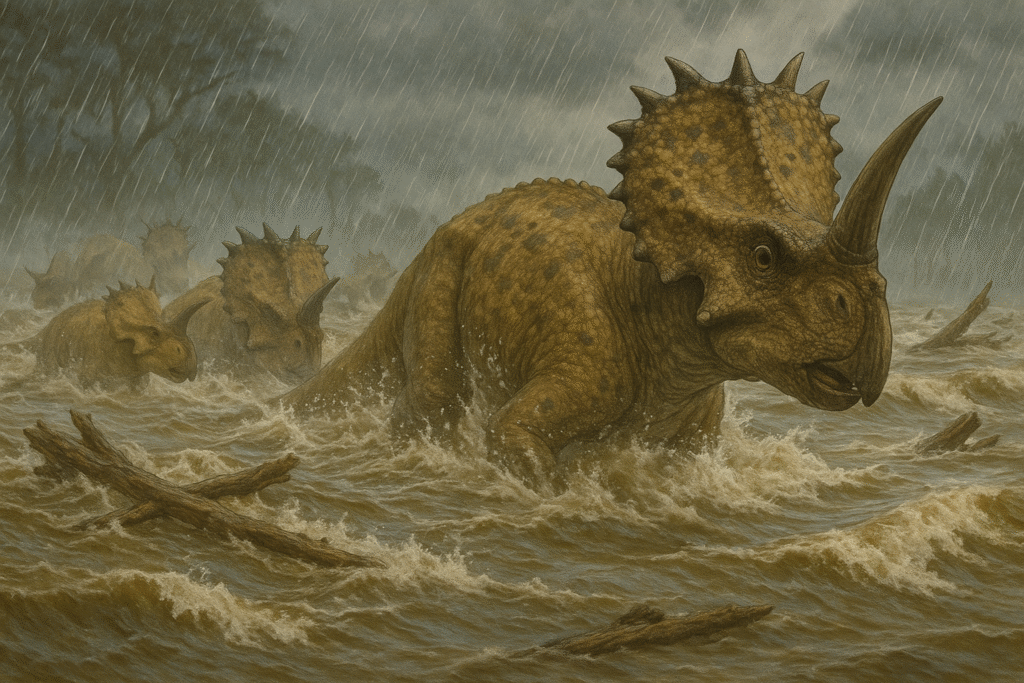
While the cancer likely weakened the Centrosaurus, it was not the direct cause of death. The individual died during a massive flooding event, where many members of its herd were swept away. This detail is significant, as it shows that the disease was simply part of life, often existing alongside the immediate environmental dangers and natural accidents that caused death in prehistoric ecosystems.
16. Ancient Disease Reveals Evolutionary Pressure
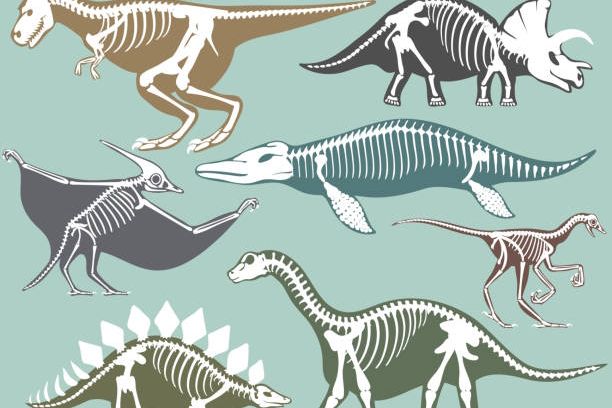
The long existence of diseases like cancer, 76 million years in this case, means that natural selection has been continually responding to cancer risk for vast stretches of time. Studying this dynamic can help evolutionary biologists understand how the body balances rapid, competitive growth with cellular safety, and why certain genes that regulate cell division have persisted throughout the evolutionary history of complex organisms.
17. The Fossil Offers Perspective, Not a Cure
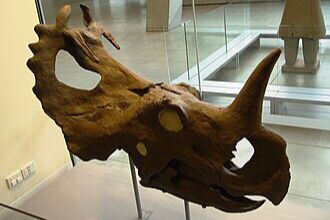
While this fossil does not offer any ancient medicine or a roadmap to a cure, it offers vital biological context. It confirms that the challenges life faces today are not new but are rooted in the fundamental physics and chemistry of complex biology. This deep-time perspective helps medical science refine the classification of cancer and understand the enduring nature of the disease.
18. The Past Is Part of the Solution
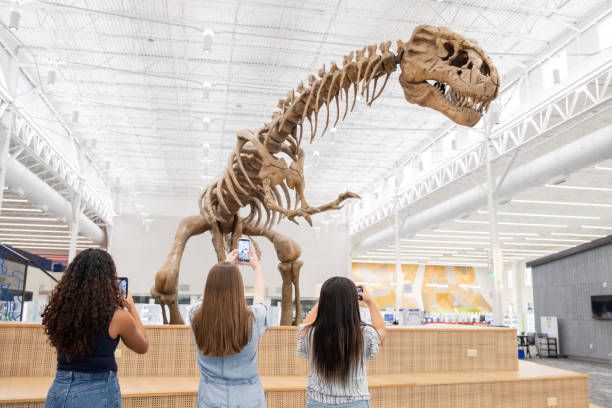
When scientists study the ancient world, they are doing more than simply compiling a history of life; they are uncovering the basic operating principles of all life. This Centrosaurus fossil teaches us that illness is an intrinsic part of the shared story of all living things, a fundamental possibility built into complex cellular structures. By understanding the deep history of disease, we gain clearer, more focused insight into the challenges of the present.
The discovery of cancer in a dinosaur is a powerful reminder that all life, across all epochs, shares fundamental biological blueprints and vulnerabilities. It connects the world of the giants to our own, inviting us to view our medical challenges not as modern anomalies but as an ancient, persistent negotiation with the very fabric of existence.
This story 18 Pure Facts: The Ancient Truth That Cancer May Be Far Older Than Humans was first published on Daily FETCH


